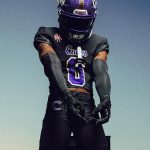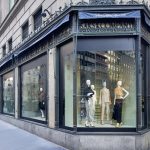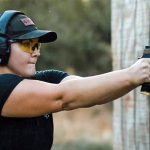Shoe Carnival reported weak comps for the second quarter, but met the Streets expectation on the bottom line, generating a 25% increase in EPS over 2003. CEO Mark Lemond said they saw a “difficult sales pattern” in the second quarter, but were able to “tightly control inventory, increase the gross profit margin, leverage overall SG&A costs and actually reduce administrative expenses.” Comparable store sales were up 0.5% in May, down 4.6% in June and down 6.3% in July.
The weak sales in the second quarter were blamed on “slow consumer spending in June and July” and “certain fashion misses” in their spring assortments. They also cited the movement of tax-free holiday weekends in certain states, representing roughly 20% of SCVL doors, that pushed those sales into fiscal third quarter.
The company declined to give guidance on the third quarter, citing mixed early results. “Our early sales in back-to-school have been generally slow with comp store sales declining low single digits for the first 10 days of August. But because we have seen some very erratic sales patterns, we think sales may pick up in the latter part of August and into September,” said Lemond. August provides nearly 70% of the quarters profits. They noted that they faced easier comparisons in the second half of August.
Lemond also said that comps in stores in areas that have already gone back to school had increased high-single-digits during the first 10 days of August.
On a category basis for the quarter, comp sales for women's non-athletic were down mid-single-digits on good results in dress categories and continued weakness in casual and seasonal areas. Men's non-athletic was down low-single-digits, as casual struggled here as well.
Overall athletic posted a low-single-digit decline for the quarter. SCVL said they saw continuing strength in the basketball, skate and retro product. Fashion classic, white, athletic product is still selling well ahead of last year although not to plan.
They also noted that they have “experienced some price compression in the athletic departments as some mall and off the mall retailers have become very promotional. This price compression and the slower-than-expected sales on classic white product have produced sales and margins that are below expectations.
Total inventories for the company finished the quarter up 1.6% on a per door basis but they noted “inventories in the seasonal product categories were down double-digit on a per door basis.”
The gross margin improvement for the period was due to a 90 basis point gain in merchandise margins that was nearly offset by a 70 basis point hit to buying, distribution and occupancy costs due to lower sales productivity during the quarter. SG&A decreased 10 basis points to 24.6%.














